Yesterday, I traveled to an area of the province I don’t visit often. My destination was the Crowsnest Pass, an area in Southwest Alberta consisting of five small municipalities. It’s primary industry has always been mining, including coal mining, now very much in decline. The area is bisected by a main transportation corridor, consisting of Route #3, “The Crowsnest Highway” and the Canadian Pacific Railway.
I traveled with two good friends and photographers, Bob Bear and Hugh Williamson. We reached our destination via the Cowboy Trail, a north/south route running parallel to the Front Range of the Rocky Mountains. This is ranching country, home to part of Alberta’s large cattle industry.
En route we passed through Kananaskis Country, descending to the Cowboy Trail near Plateau Mountain, always a favourite photography stop. “The Hump” as this area is often called was in the clouds, so there wasn’t much to see there. I did capture this one picture of an old conifer, up-rooted and laying on the hillside. It was probably blown over by the wind.
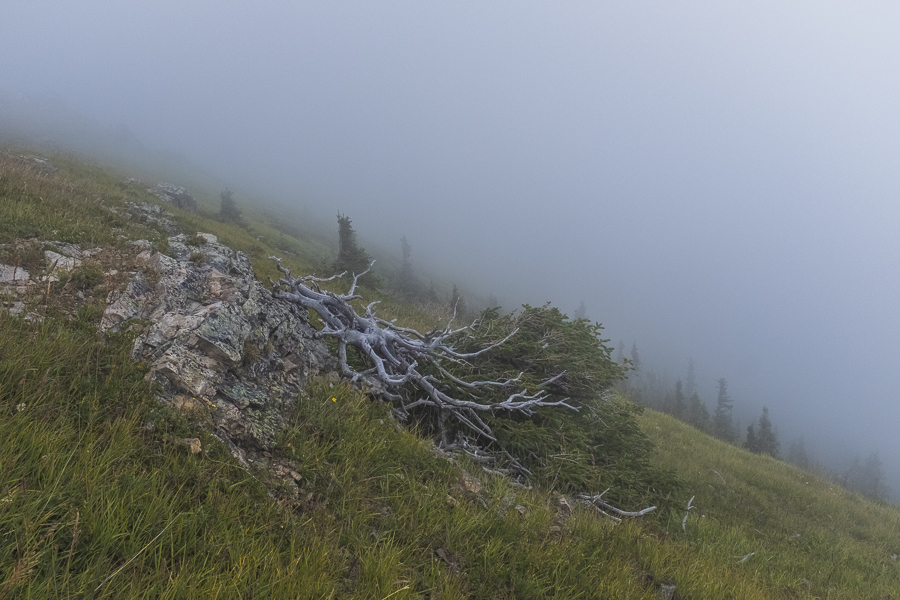
This is an iconic scene from along the Cowboy Trail. It features grasslands, hay bales, the foothills and the Front Range of the Rocky Mountains.
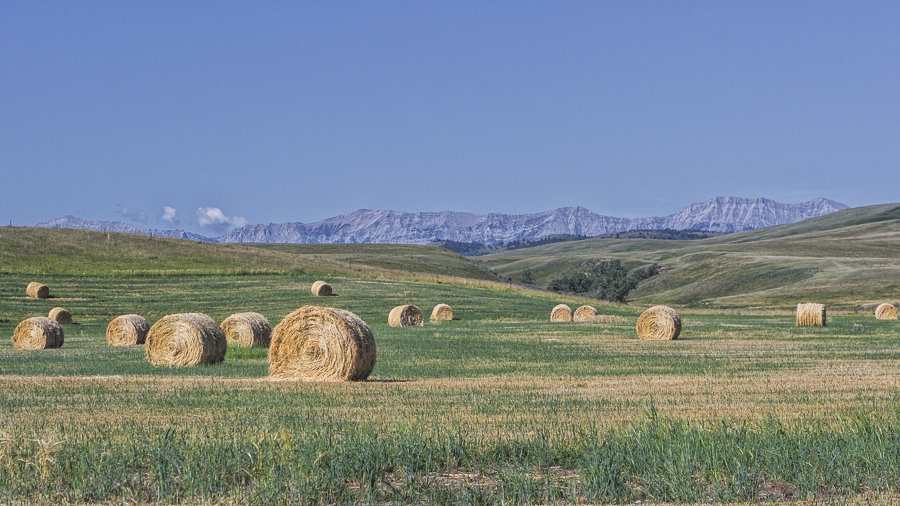
We found an interesting settlement nearby, the small the community of Maycroft. It boasted a couple of interesting buildings, including this barn with architecture similar to barns I had seen on Mormon Row in Jackson Hole, Wy. https://www.shotsbypeter.com/blog/?p=8146
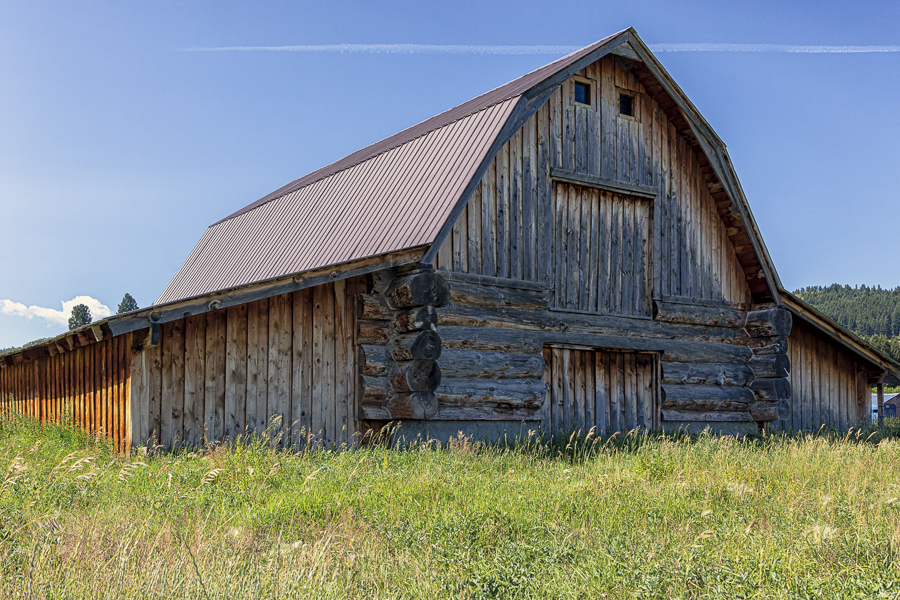
We found a very pretty waterfall near the Hamlet of Lundbreck, just outside the Crowsnest Pass area.
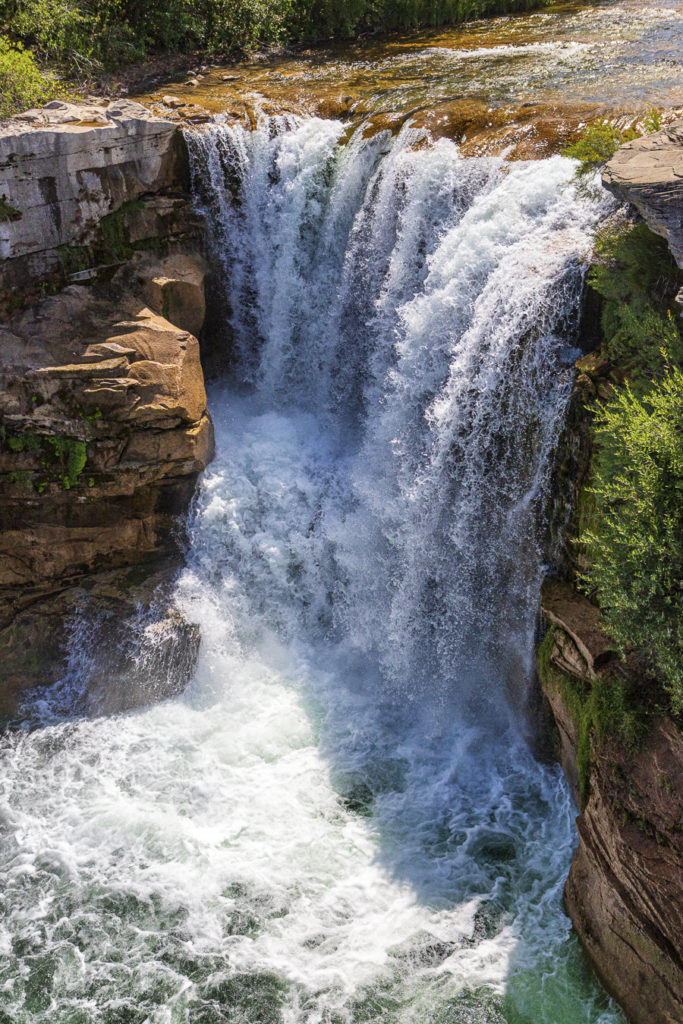
This photograph was taken at Leitch Collieries, an historic site consisting of the remains of a coal mining operation that went bankrupt in 1915. The communities of Crowsnest Pass haven taken an interest in preserving their past with a number of such sites.
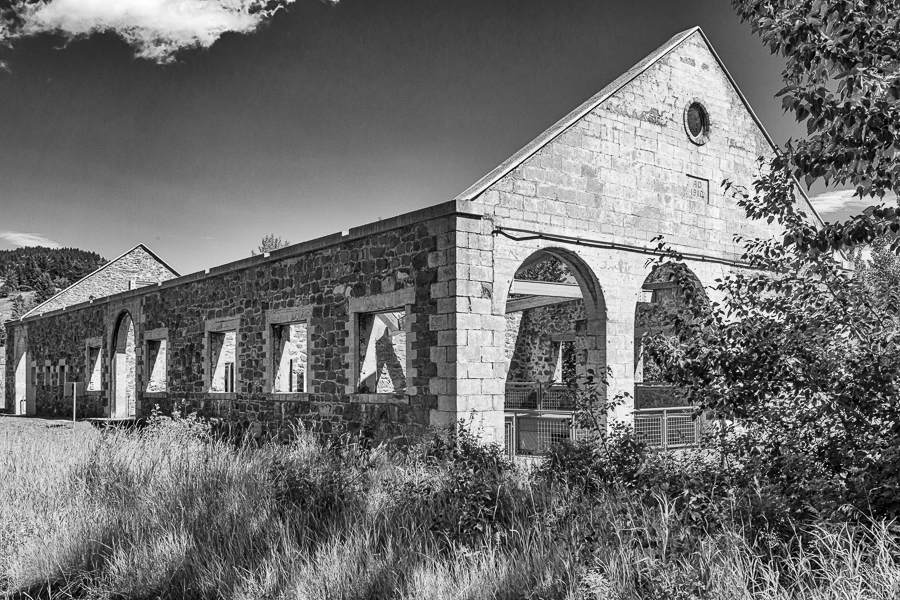
The Crowsnest Pass’s best known historic site is the Frank Slide. The Frank Slide was a tragic event that occurred in 1903, when 121,000,000 tons of rock from the side of Turtle Mountain collapsed and buried part of the Village of Frank. Approximately one hundred persons died, memorialized by the rubble that remains and the Frank Slide Interpretative Centre.
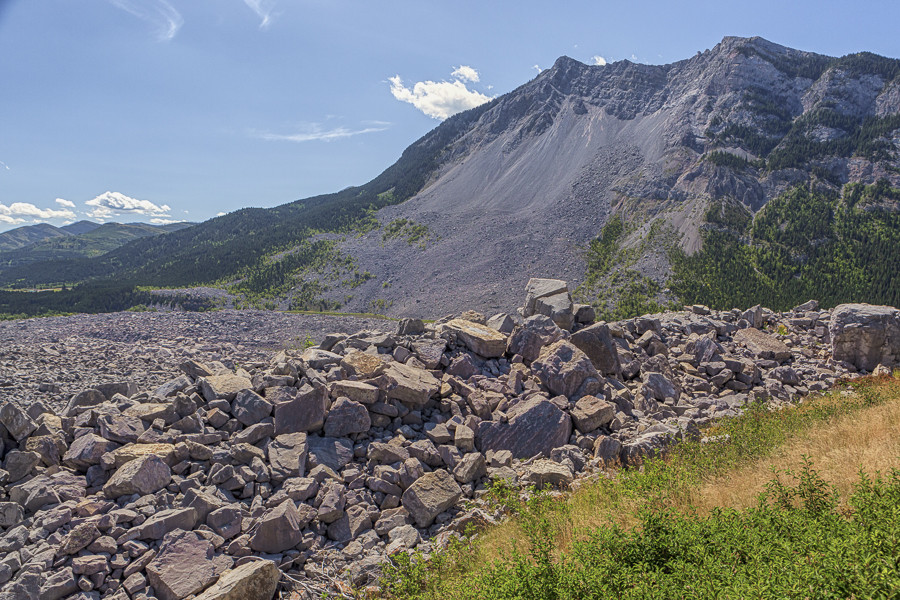
You can read more about the Frank Slide here…https://en.wikipedia.org/wiki/Frank_Slide
